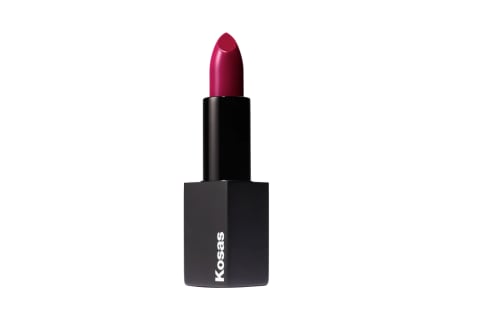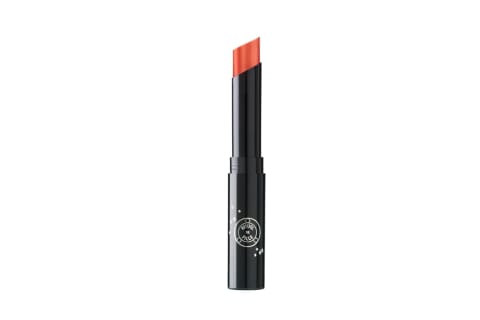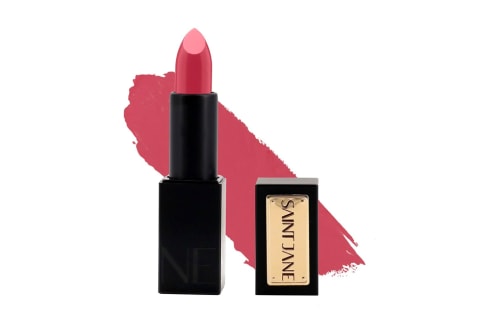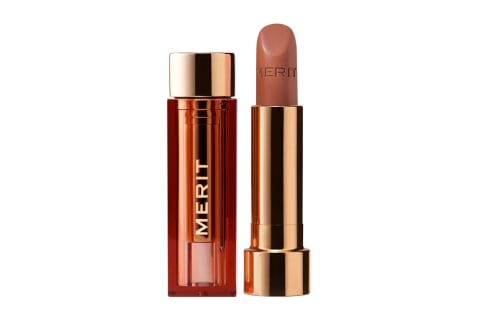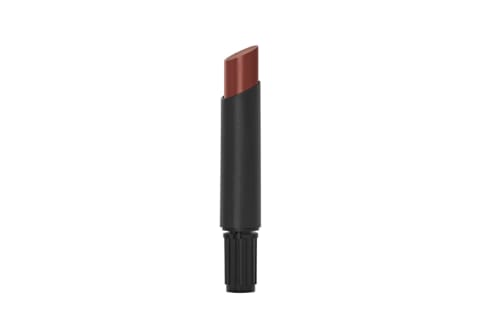Lipstick shopping sounds like a walk in the park until you realize that navigating the vast world of a million different shades of pinks, peaches, berries, reds, wines, and browns isn’t easy—like at all. But just remember, makeup should be fun! When you overthink the shades and second-guess all your choices, all of a sudden it becomes belabored. Life can be stressful enough, let’s not add “lipstick undertones” to the list of things that may give you pause. So even though the following are great pointers to help you on your shopping journey, the best advice is to just go with what makes you feel the best in your skin. Each skin tone can have different undertones—the main four being cool, warm, neutral, and olive. When lip color doesn’t match the undertone, there may be a clash. However, like everything in beauty, the end-all-be-all is personal preference, as makeup is an art and not a science. If you like a shade of lipstick and it makes you feel good, that’s all that matters, undertones or not. So while identifying your undertones can be helpful, don’t stress about it too much. Ultimately makeup should be fun—not a chore. One way to figure out if the lip color is more warm or cool is to default to the paper test above: Compare the shade to red paper versus blue paper, and see which one it better blends with. However, a word of warning: Identifying undertones in reds and pink lipsticks can be a bit easier than doing so in nudes. “When it comes to finding the right nude lipstick that matches your skin tone the key is to realize that nudes have undertones too. Some nudes have a pink undertone or an orange undertone,” celebrity and editorial makeup artist Delina Medhin tells mbg. This can show up more significantly under the eyes for some (yep, even if you have warm undertones otherwise). As the rule goes, you’ll want to pull from those colors to find your perfect lipstick shade. Here are a few base colors you might be drawn to: If gold jewelry complements your skin better than silver, you may have warm undertones. You’ll want to pull from generally warmer colors for your lip. A few hints to keep an eye out for: This means you’ll have both yellow and blue undertones, so you can pick from a wide variety of colors without worrying about clashes. Olive undertone is different from neutral (though they’re often confused for the same). Olive undertones have a green, gray, and sometimes ashy undertone. When it comes to lip color, warmer and deeper colors tend to complement olive skin best, a few examples include:


